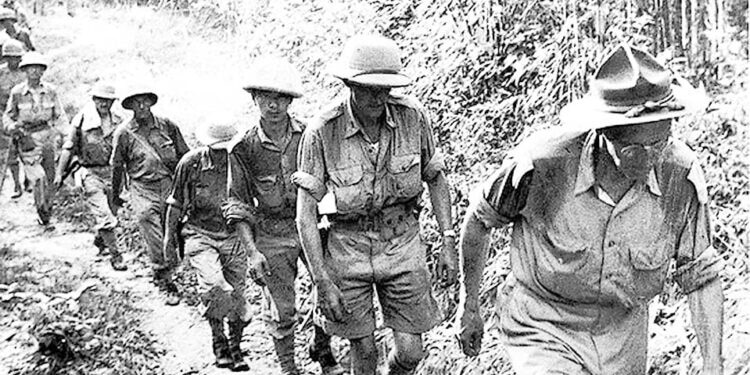By Jean Huon
I discovered the Burma Campaign when I was 10 with a comic strip which told the Chindit’s story …
History of Myanmar/Burma
Myanmar (Burma) was, in the past, a group of many kingdoms with a way of life guided by Buddhist culture, up to the 9th century. Later, populations coming from the North appeared, and during several centuries, the country was the theatre of many foreign or domestic wars.
The arrival of French and Portuguese colonists enhanced the trade and influence of Burma. Europeans supported various communities, according to their interests. A new dynasty arrived in the middle of 18th century. Burmese interests often conflicted with those of Britain in India, and several conflicts opposed both countries between 1824 and 1886.
Finally, Burma became a British district of India, the capital city being Rangoon (Yangon today). Educated young people opposed the colonial organization, and under the mounting pressure a local elected body was established in 1923. Burma and India were set apart in 1937, and the election of a local assembly was prepared. But WWII broke out, and Burmese nationalists saw it as an opportunity to drive the British out of the country. One of their leaders was Aung San, who created the Burmese communist party in 1939. He was searched by Her Majesty’s police and escaped to China were he sought help from the Chinese communists. Captured by the Japanese, he moved to Japan where he received military training and became the chief of the Burmese Independent Army organised in Siam (Thailand), with the rank of colonel. Later, he became a general.
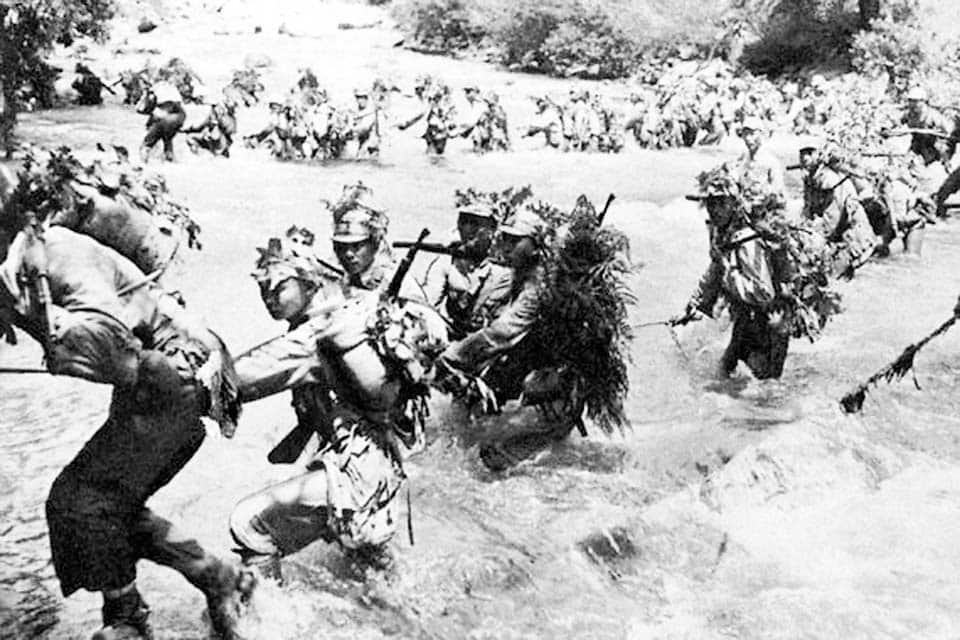
the Northern part of the country to link it with India and China, where the Chinese Kuomintang Army fought against the Japanese. Ever since that moment, the Japanese tried to destroy this artery.
Coming from Thailand, the Japanese Army entered into Burma on February 23, 1942, capturing and controlling the bridge on the Sittaung River. They occupied the south and later the central part of the country including Rangoon. The Burmese Independent Army with its commander Aung San, allied with the Japanese, fought against the British.
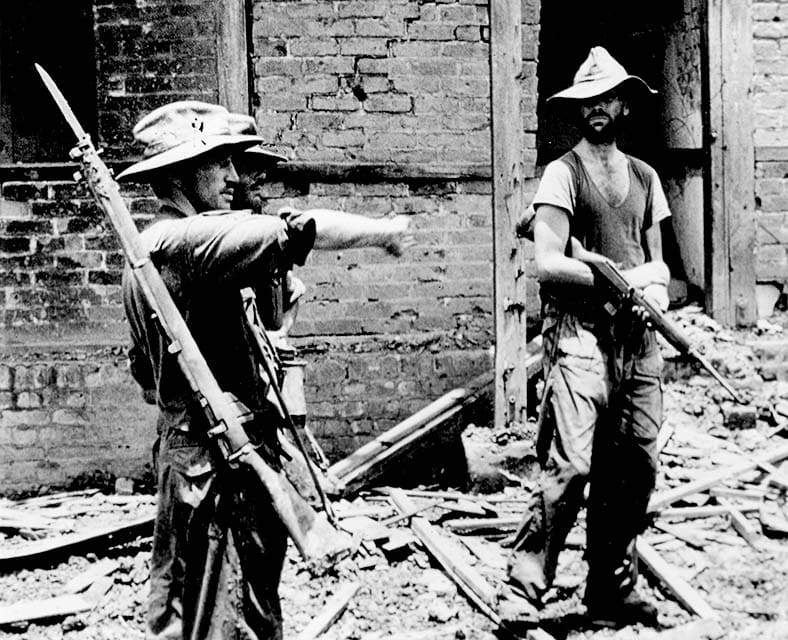
The Burmese Campaign
On April 29, 1942, the Japanese Army attacked the British troops which were driven back to the North of the country. Two brigades and the 17th Indian Division were destroyed. Despite the help of a Chinese expeditionary force and of British/Burmese troops, the Allied forces could not prevent the Japanese from capturing the strategic road on May 15, 1942. At the same time, the Burmese Independent Army was present in the whole country, a permanent menace.
The Allied headquarters finally decided to abandon Burma. Retreat-ing units, or what was left of them, and many refugees arrived in India where nothing had been prepared for their arrival. Between May 10 and 27, 1942, four Thai divisions (allied with Japan) invaded the eastern part of Burma. Several attacks organised by the Allied forces in 1943 and 1944 failed to alter the situation.

The Chindits
Lord Louis Mountbatten was the supreme allied commander of the Allied troops in Southeast Asia. He conducted the campaign against Ja-pan that led to the recapture of Burma. The troops were trained in India within various units, their commander being an American general: Josef Stilwell (nicknamed “Vinegar Joe,” which explains his personality), who was Mountbatten’s deputy. He was also the military advisor to Chinese General Chiang Kai-shek.
A special 3,000-men elite unit called the “Chindits” was created under the command of British General Orde Wingate and was organised as commandos to fight Japanese forces. The Chindits included British, Australian, New Zealand, Indian, Gurkha, West African and Chinese soldiers.
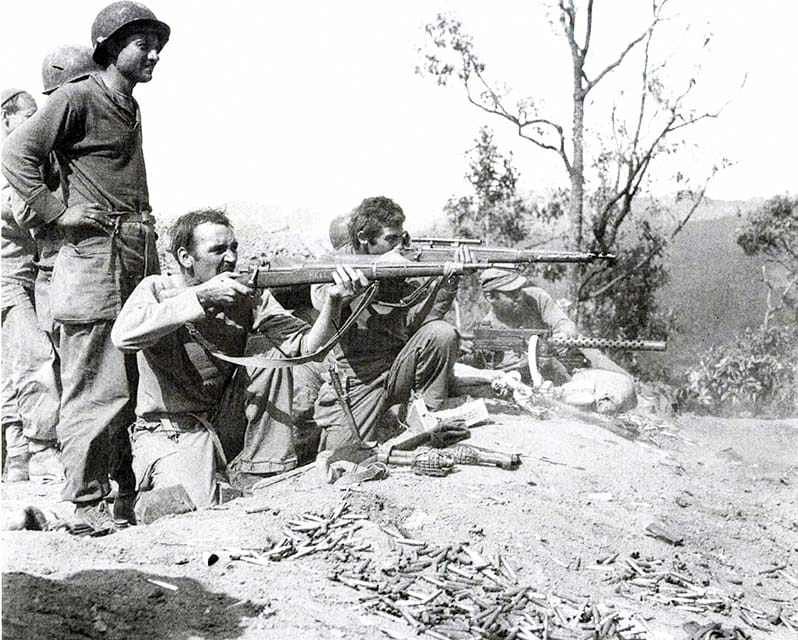
They were dropped by parachute behind enemy lines, and after a long march toward their objective (disorganized Japanese units), they de-stroyed roads and supply centers. At the same time, the Japanese troops occupied the whole of Burma, behaving like savages and mistreating the civilian population.
Burma declared its independence on August 1, 1943, though its government was devoted to Japan. On March 19, 1944, the Japanese troops launched an attack against India with 40,000 men. 30,000 British and Indian troops repelled them. General Wingate was killed in an aircraft accident on March 24.
The combined actions of the Chindits, the 5307th Composite Unit (known as Merrill’s Marauders) an American similar organisation, Chinese troops with the airborne support of General Chennault’s “Flying Tigers,” allowed the conquest of Burma.
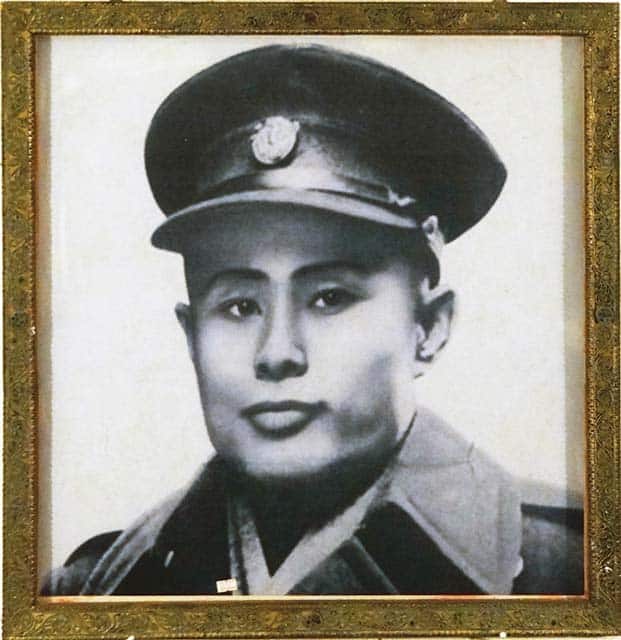
On January 21, 1945, the British and the Chinese troops were able to establish a junction, and the Burma Road was reopened. Defeat-ed on every frontline, the Japanese troops resisted but were forced out of occupied territories despite illness, malnutrition and adverse climatic conditions. Considering that Japan, through its occupation, tried to set up a new form of colonisation, the Burmese Independent Army joined the Allies and triggered a general mutiny against the Jap-anese. The Burmese government, in favor of Japan, disappeared in the general unrest.
On May 1, 1945, an Allied offensive was launched against Rangoon. Gurkha paratroopers were dropped in the back of the enemy, and the 26th Indian division, ferried on boats, landed on the river banks. Both troops made their junction on May 6, 1945, and Rangoon was taken back by the Allies.
War Cemetery
It is located in the small city of Taukkyan, near Rangoon, where 6,000 allied soldiers are buried. A memorial bears the names of 27,000 people who died during the war against Japan between 1942 and 1945.
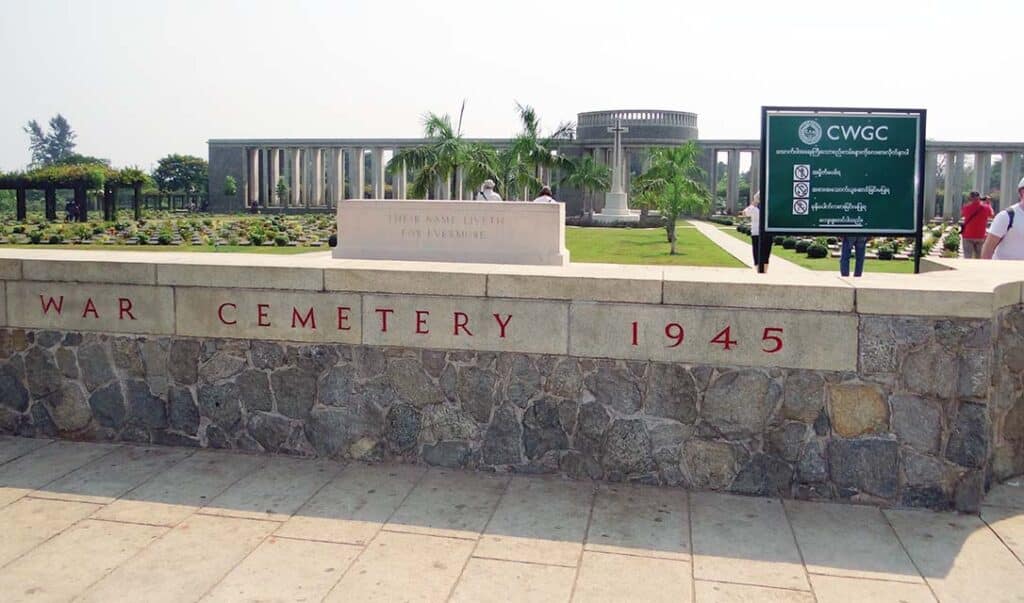
After the War
General Aung San discussed with the British the independence terms of the country, which was obtained in 1947 and implemented one year later.
He set up a provisional government which was not agreed by all (particularly the Trotskyists and ultra-Nationalists). On July 19, 1947, he was killed with six ministers of his government by the former prime minister U Saw, who was arrested and hanged by the British. July 19 became the national holiday of Burma.
A civilian democratic government led the country from 1948 to 1958, but the situation deteriorated, and it was replaced by a general. Two years later, he overthrew the legal government and established a military dictatorship. Despite local opposition and the disapproval of most countries of the Free World, the military junta stayed in power until 2015 with the help of Russia, China and (more discreetly) of Thailand. Political opponents were released from prison where some of them were kept since 1960.
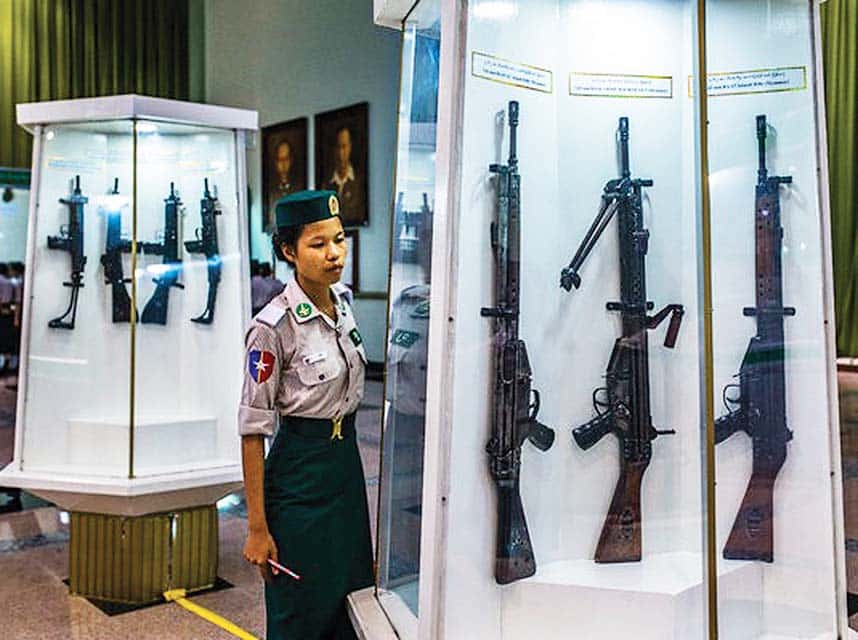
Exhibit of BA 63, the Burmese version of the HK G3A2.
Although the military keeps 25% of the seats in the parliament, democracy is back in Burma. People are allowed to move freely and can communicate (by Internet and cell phone).
The junta changed the name of the country to Myanmar; Rangoon is now called Yangon. A new capital city was built in the jungle, 200 miles from anywhere, called Naypyidaw.
Aung San Suu Kyi became the government’s leader by proxy. She is the daughter of general Aung San and was harassed during 25 years (assigned in a house or imprisoned). She received the Nobel Peace Prize in 1991.
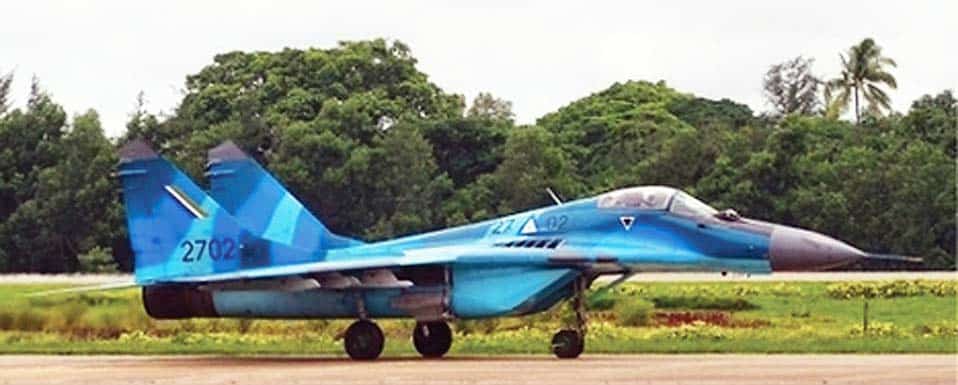
The Myanmar Military Today
he Myanmar/Burmese Army is the fourth largest armed force in Southeast Asia. It relies on volunteers (in principle).
Ground Forces (Tatmadaw Kyee)
Since 1950, Burma has had its own armament industry located in 13 factories, where the following weapons are manufactured:
• BA 94 smg, a copy of the UZI with a plastic stock
• MA-3 rifle, local version of the Galil
• MA-15 machine gun (MG3) Tanks are old Russian or Chinese models.
Air Force (Tatmadaw Kyee)
The Air Force uses Russian, Chinese or American aircraft and French or American helicopters.
Navy (Tatmadaw Yay)
125 boats and about 19,000 sailors.
Military Police (Myanmar Yae Tat Phwe)
Trained by Australian and Israeli advisers.
Border Patrol (Na Sa Kha)
It is a composite organization with members of the Army, Military Police, Customs and immigration officers.
The Military Museum in Rangoon
Located in a three-story building, Schweda-gon Pagoda Road in Yangon (formerly, Ran-goon), the museum has 52 rooms with many objects pertaining to the old history of Burma.
Defense Services Museum
Built in Naypyidaw, the new capital, it covers 72 square miles, and several days are necessary to visit it! Unfortunately, it is far from all the roads travelled by tourists.
| This article first appeared in Small Arms Review V23N6 (JUNE/JULY 2019) |



